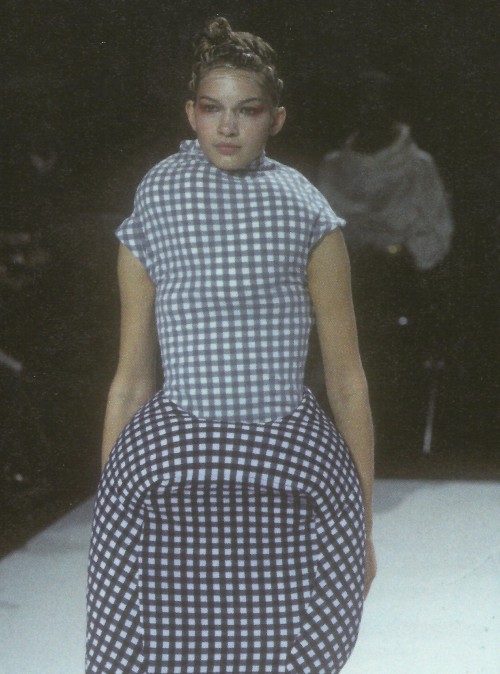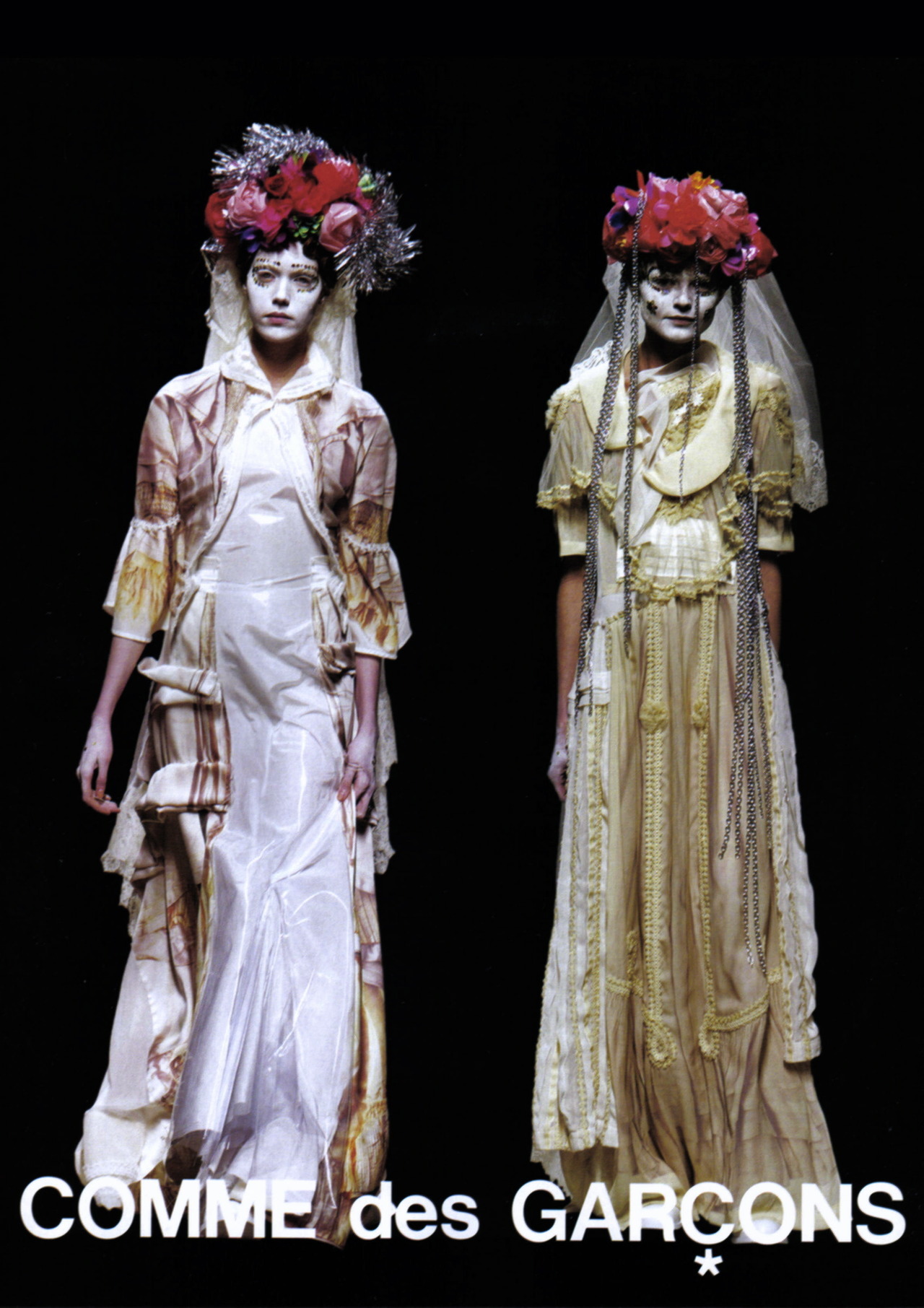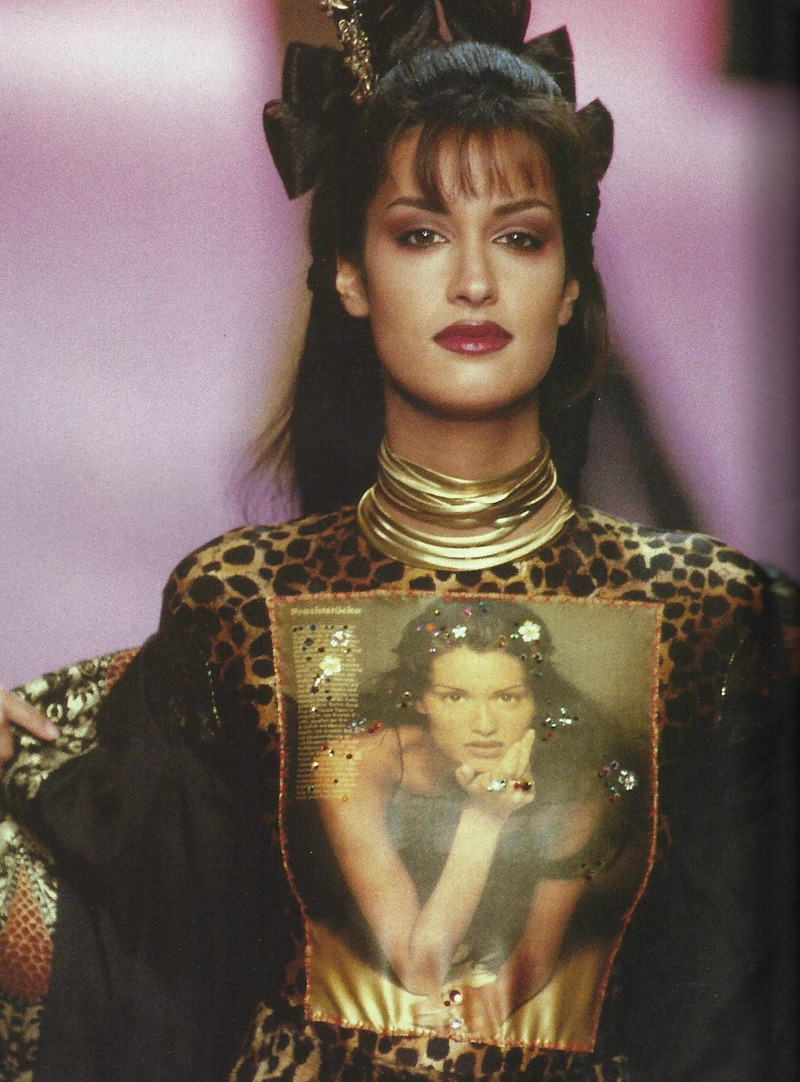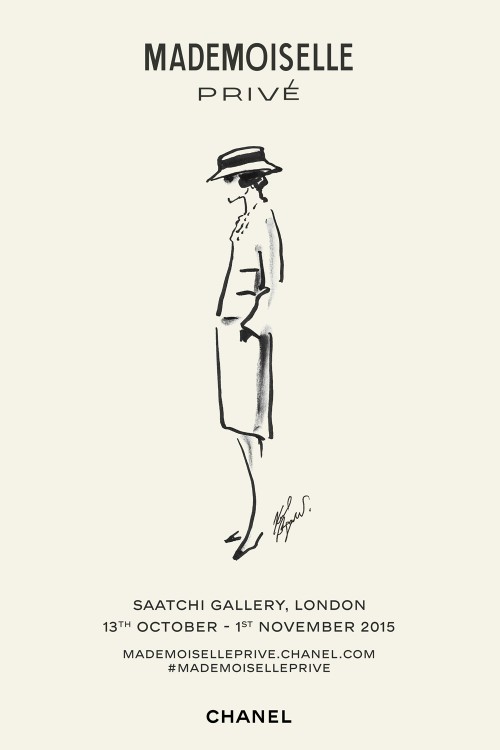The enigmatic designer has spent the last five decades reconfiguring notions of beauty, sex and gender; in celebration of her upcoming Met exhibition, here’s a brief overview of her radically singular vision.
When Rei Kawakubo first brought her label, Comme des Garçons, to Paris in 1981, the fashion industry was scandalised. Although she had already been working in fashion for over a decade in Tokyo, her Western debut collection – characterised by tattered swathes of black fabric, torn sweaters and deliberately unfinished hemlines – resulted in instant notoriety and elicited a passionate, often vicious reaction. Some called it ‘bag lady chic’, others an ‘invasion’; others were disturbed and enraged in equal measures by this unique collection which seemed to rally against the foundations upon which the fashion industry was built.
When Rei Kawakubo first brought her label, Comme des Garçons, to Paris in 1981, the fashion industry was scandalised. Although she had already been working in fashion for over a decade in Tokyo, her Western debut collection – characterised by tattered swathes of black fabric, torn sweaters and deliberately unfinished hemlines – resulted in instant notoriety and elicited a passionate, often vicious reaction. Some called it ‘bag lady chic’, others an ‘invasion’; others were disturbed and enraged in equal measures by this unique collection which seemed to rally against the foundations upon which the fashion industry was built.
Despite the chaos, this would go on to be seen as the opening chapter in a legacy which will next month be celebrated by New York’s prestigious Met Museum in an exhibition entitled ‘Art of the In-Between’. The loose theme is opposition, so the rooms will be ordered according to a series of deliberately vague binary categories including, amongst others: ‘Clothes/Not Clothes’, ‘High/Low’, ‘Self/Other’ and ‘Fashion/Anti-Fashion’.
Like everything Kawakubo does, the exhibition promises to be far from conventional. In fact, this is only the second time in history the museum has staged a tribute to a living designer – the first to be honored was Yves Saint Laurent back in 1983.
 |
| SS97, via tumblr.com |
So what makes Kawakubo worthy of this accolade? Put simply, she doesn’t design clothing; she designs objects which just happen to be worn. Her earlier collections followed the ‘rules’ of design to an extent – although armholes, legholes and hemlines were sometimes dropped or deconstructed, they were, for the most part, at least present. Now, however, this isn’t the case – her models walk the runways in monstrous, outsized contraptions which often obscure faces, shroud bodies and challenge perceptions of what counts as clothing and what doesn’t.
This is an inadvertent commentary in itself. After all, we live in a world which tells us how we should look, how we should dress and what clothing we should be wearing to flatter our body type and silhouette; by obscuring and distorting the human figure completely, Kawakubo fucks up these conversations in a way which demands respect. Wearing these transformative pieces, her models become a twisted visual hybrid of human and not-quite-human; it’s an effect which completely unravels everything we assume to understand about the body and, at the same time, presents radical new possibilities to keep exploring the unknown.
 |
| AW05, via tumblr.com |
Other themes have cropped up in Kawakubo’s work over the decades. There was ‘Broken Bride’, a collection characterised by frayed white lace, veiled faces and hands tied delicately together in the symbolic binds of matrimony; there was ‘Dress Meets Body’, famously known as the ‘lumps and bumps’ collection for its gingham dresses stretched over unsettling artificial bulges; there was even the 2D collection, which was later adapted by Lady Gaga to make the statement that a woman’s weight should never be policed by bloodthirsty gossip columnists. These topics have, of course, been explored by other designers, but Kawakubo explores them in a way which is almost impossible to replicate.
Some may argue that her clothes are unwearable – this is, at least in an everyday context, true. It would be ridiculous to strut out to a first date wearing a twisted mass of silver insulation material and a black cotton candy wig, but that’s not the point; these aren’t clothes made to sell, they’re made to stimulate conversation.
This is precisely what makes Kawakubo so worthy of her place in the Met; in a fashion industry increasingly driven by growth, sales and commerce, Comme des Garçons has always remained a beautifully bizarre anomaly. Numerous diffusion lines, fragrances and collaborations make this creative freedom possible, but it’s refreshing to know that this alternative exists. Not only does it provide a welcome antidote to a fashion industry in dire need of a break from relentless schedules and creative compromise, it offers a glimmer of hope that, despite what we’re told, it might still be possible to come up with radical new ideas after all.




